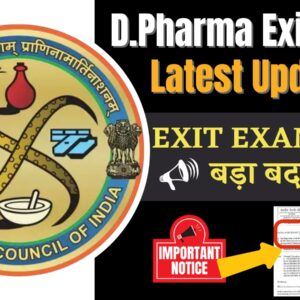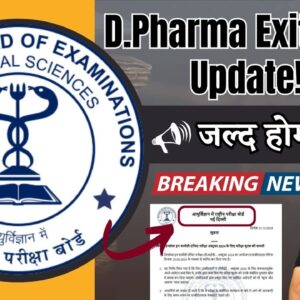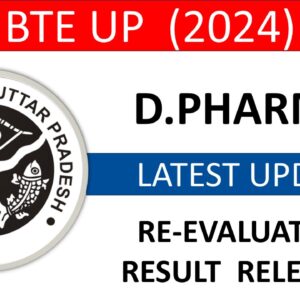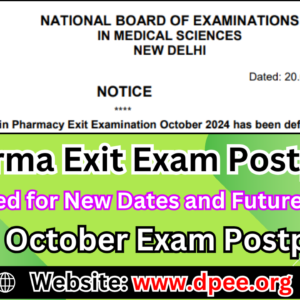Pharmacology Quiz (Part-1) :
[ays_quiz id=’36’]
Pharmacology Quiz (Part-2) :
[ays_quiz id=’37’]
Pharmacology Quiz (Part-3) :
[ays_quiz id=’38’]
Pharmacology Quiz (Part-4) :
[ays_quiz id=’39’]
Pharmacology Quiz –
Welcome to the Pharmacology Quiz! Here, you’ll encounter 100 MCQs divided into 4 sets of 25 questions each, focusing on the critical concepts of how drugs work in the body. You’ll explore pharmacokinetics—how the body absorbs, distributes, metabolizes, and excretes medications—as well as pharmacodynamics, which examines the interactions between drugs and their targets. This quiz covers various drug classes, their therapeutic uses, and potential side effects, providing you with a comprehensive understanding of pharmacological principles. Engaging with these questions will enhance your clinical reasoning skills and prepare you thoroughly for the D Pharma Exit Exam (DPEE).




